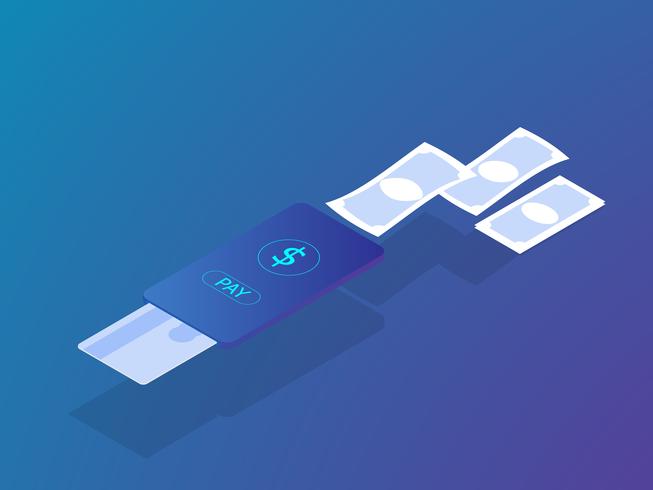If you plan on getting your first credit card soon, or if you want to improve your relationship with money, you may desire to learn more about making the most of having a credit card. Coast Tradelines wants to help you understand that credit cards aren’t deserving of their bad reputation. When you understand their fundamental concepts, you empower yourself to improve your financial health and your financial know-how.
Basic Definition
With a credit card, you borrow money from your lender, paying back the sum later along with applicable interest and other fees. If you pay the full amount borrowed by your monthly due date, you do not incur interest charges. If you pay only your required monthly amount, you rack up interest charges on top of the amount borrowed.
Credit Type
Examples of different credit include installment credit, revolving credit and open credit. Credit cards are unsecured revolving credit, because you don’t offer collateral to borrow money. Car loans and mortgages are secured debt. Depending on your credit card terms, you choose how much and when you pay back your borrowed amount. That is why you can only pay a monthly amount and “revolve” the unpaid balance over to the next month.
When reviewing credit cards and credit scores and credit reports, you’ll notice credit cards have some of the highest interest rates compared to other loan types. Lenders take on greater risk because they don’t require customers to put up collateral to qualify for a card, a risk balanced out with high interest rates. One benefit consumers enjoy is they do not pay high interest rates if they pay off purchases quickly.
Interest Rates
While exploring your options for cards, look for the annual percentage rate, which is how much interest you pay. The APR is your yearly interest, even though credit card companies charge customers interest every day that they don’t clear their month-to-month balance.
Cards also have an average daily periodic rate, which is the daily interest you pay. To calculate your ADPR, divide your APR by 365.
As of 2020, 20.23% is the average credit card interest rate. That said, credit card issuers reserve the right to charge customers as much as 29.99% APR. Consumers with poor credit or who pay their credit card bills late often receive the highest interest rates. Exceeding your credit limit may result in higher interest rates. Thankfully, you can call your credit card company and ask for a lower interest rate if you are a loyal customer who pays your credit card bill on time.
Essential Dates
Before choosing a card, familiarize yourself with a few important dates. Your card’s billing cycle is the time that passes between billing statements. Billing cycles usually stretch 30 days.
Your statement closing date is your billing cycle’s last day. After your credit card issuer closes a billing cycle and creates a cycle statement, it sends the report to credit bureaus. Often, the statement closing date is roughly 21 days before your due date.
Familiarize yourself with your card due date, marking it on a calendar so you do not forget it and incur late fees. Depending on your finances, you may feel comfortable setting up automatic payments so never forget a due date. Otherwise, set a reminder a few days before your actual due date, so you can ensure you manually pay your bill on time every time. If you dislike your due date, contact your card issuer to ask about changing it.
One final essential due date is the promotional offer end date. New customers receive bonus rewards, 0% APR and free balance transfers, but only for a specific period. Make the most of the offer by learning when the promotion ends so you do not incur interest or other fees.
Payment Amounts
Your card’s minimum payment is how much you owe each month to sidestep late fees and remain current on your account. Paying the minimum amount keeps you in the clear for your account, but only paying the minimum every month means you rack up more in interest charges.
Your account’s statement balance is a tally of all your proceeding billing cycle charges and the balance remaining before a new cycle. To avoid interest, pay your entire statement balance.
The current balance is your card’s full balance, including the most current cycle’s charges. If you want to wipe out a card’s debt, pay off the entire current balance.
Card Fees
Depending on the credit card issuer, you may pay an annual fee for having an open account. New customers may not have an annual fee for their initial year of opening an account.
If your card’s due date comes and goes without you making a payment, expect to see a late fee on your next statement. Late fees often total between $25 and $40. Do you feel you understand credit cards better? To learn more, reach out to a Coast Tradelines representative.



